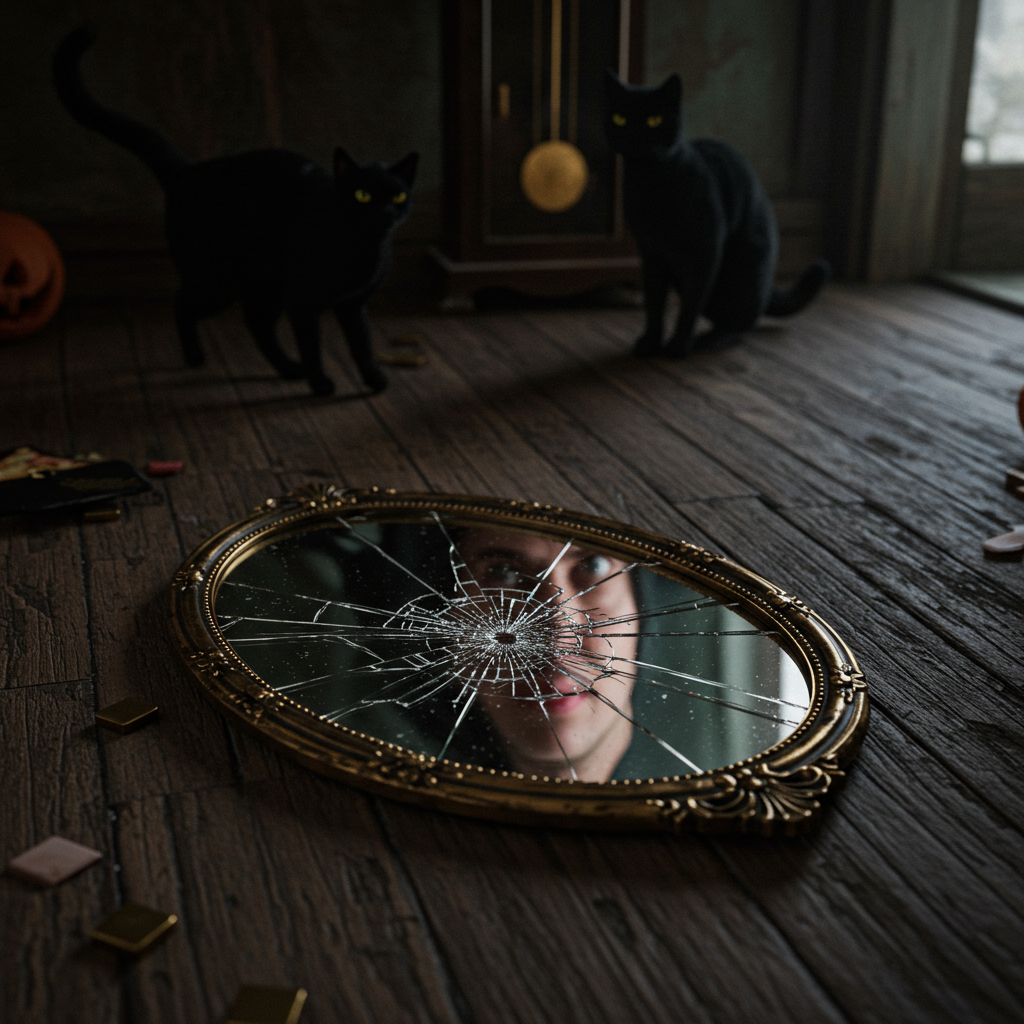In Western folk tradition, accidentally breaking a mirror is thought to trigger a seven-year period of sustained bad luck for the person who caused the breakage. This belief is grounded in the ancient idea that mirrors hold more than surface reflections—they’re portals to the soul, tools of divination, and containers of spiritual energy. When a mirror shatters, it’s believed that the reflection of the soul is also fragmented, causing disharmony in the person’s life until that cycle is restored.
The specific time span—seven years—stems from Roman ideas about life and health operating in seven-year phases. Breaking a mirror, then, interrupts this renewal process. The superstition includes layers of symbolism: the mirror’s value as a once-expensive item, its use in prophecy and magic, and the unsettling experience of seeing oneself distorted or broken.
To prevent or shorten the curse, many traditions offer remedies. These include burying the broken shards under moonlight, casting them into running water, grinding them into powder, or performing counter-rituals at midnight. Such practices aim to neutralize the spiritual rupture caused by the reflective destruction.







